
The aim of the European Falsified Medicines Directive is to improve the quality of imported APIs, but does the pain now outweigh the gain?

Sean Milmo is a freelance writer based in Essex, UK.

The aim of the European Falsified Medicines Directive is to improve the quality of imported APIs, but does the pain now outweigh the gain?

Nanomedicines have been authorized by European licensing agencies for more than 30 years but are still posing regulatory difficulties.

European governments are under pressure to take regulatory action, but solving the problem of medicine shortages is not as straightforward as it seems.

A science- and risk-based approach to verify and demonstrate that a process operating within predefined specified parameters consistently produces material that meets all its critical quality attributes.

While there are those who want combination products to be controlled by a centralized pharmaceutical-type approval system, the majority of the medical technology industry wants to retain a decentralized device-focused approach.

The European Union authorities are stepping up their efforts to incorporate quality-by-design principles into their regulations and guidelines.

Discussions are underway as the pharmaceutical sector calls for greater consistency in the global monitoring of GMP compliance and quality testing of APIs and finished medicines.
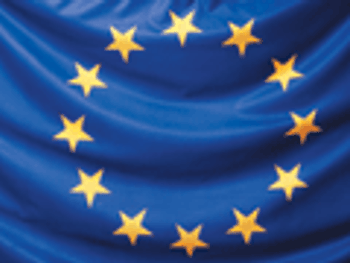
The EU fine-tunes legislation for the Falsified Medicines Directive, which is due to take effect this month as part of efforts to better protect patients from counterfeits.
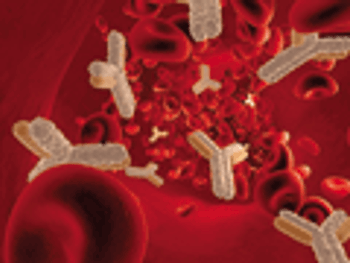
The European Medicines Agency has added granularity to its biosimilars approval pathway by releasing a guideline on biosimilar monoclonal antibodies (mAbs).

The government of Turkey is drawing up a program in coordination with the pharmaceutical industry to create ways to make the country a regional production center for pharmaceuticals serving Europe, Central Asia, and the Middle East.

EMA and MHRA provide insight into increased GMP deficiencies.

Poland's government aims to make the Eastern European country a biotech powerhouse.

The European Union market takes steps toward continuous processing and modular facilities.

Russia is aiming to provide an alternative to China and India for drug manufacturing, including APIs.
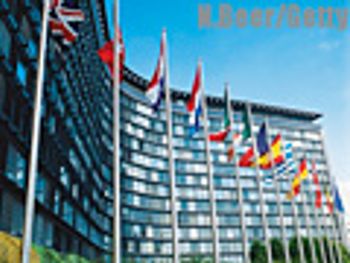
Member states in the EU are working to implement the newly passed Falsified Medicines Directive.

Eastern Europe's pharmaceutical leader, Hungary, is working to maintain its number-one status while also pursuing new avenues, especially in biopharmaceuticals.

The European Commission and Medicines Agency seem to be moving in advance of their ICH partners to update standards.

Public-private R&D partnerships are on the rise across Europe, but national goals and academia-industry competition could prevent their success at the European level.
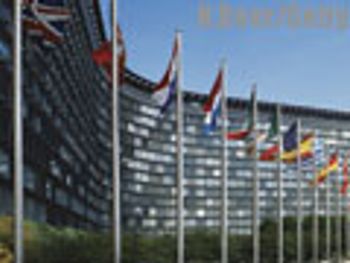
Europe moves to place excipient GMP and GDP standards on the same level as active pharmaceutical ingredients.

Regulators and industry move to require inspections of API manufacturing facilities.

Despite its shrinking domestic economy, Ireland is determined not to let its pharmaceutical industry fade into the shadow of global recession.

Although industry is tightening its belt, contract manufacturers across Europe are actually making out quite well by taking on additional projects and new roles.
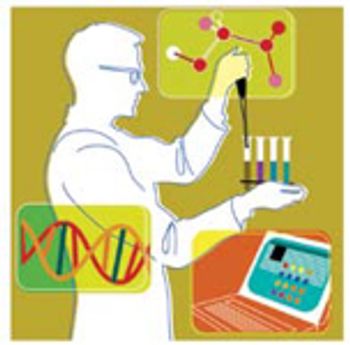
Although the European Union's approval rates of biosimilars for market is increasing slower than expected, its approach may provide an example for other foreign markets.
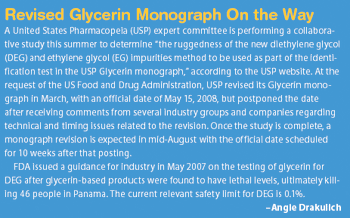
A growing preference for public-private partnerships is spurring innovation and technology among Dutch pharmaceutical companies.
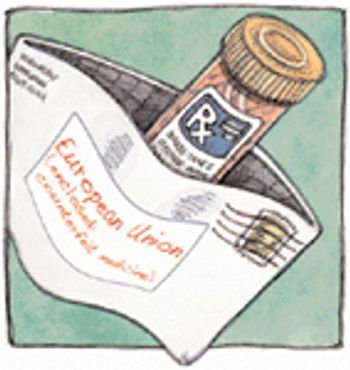
With counterfeiting on the rise and Europeans worried their backyard is becoming a base for such illegal activity, legislators have proposed a series of solutions that span the continent and abroad.

A wave of pharmaceutical expansions is expected in Europe this year, surprisingly by Indian companies.